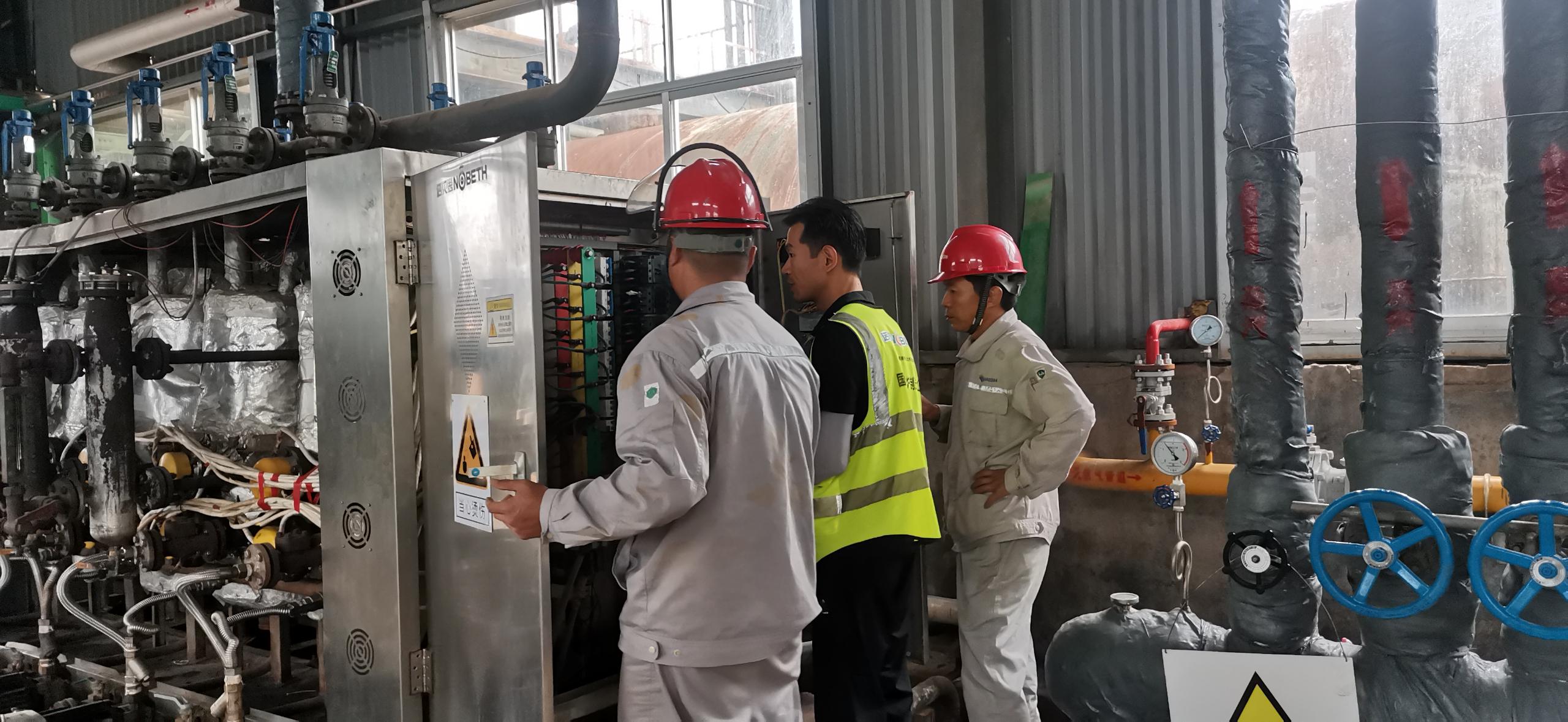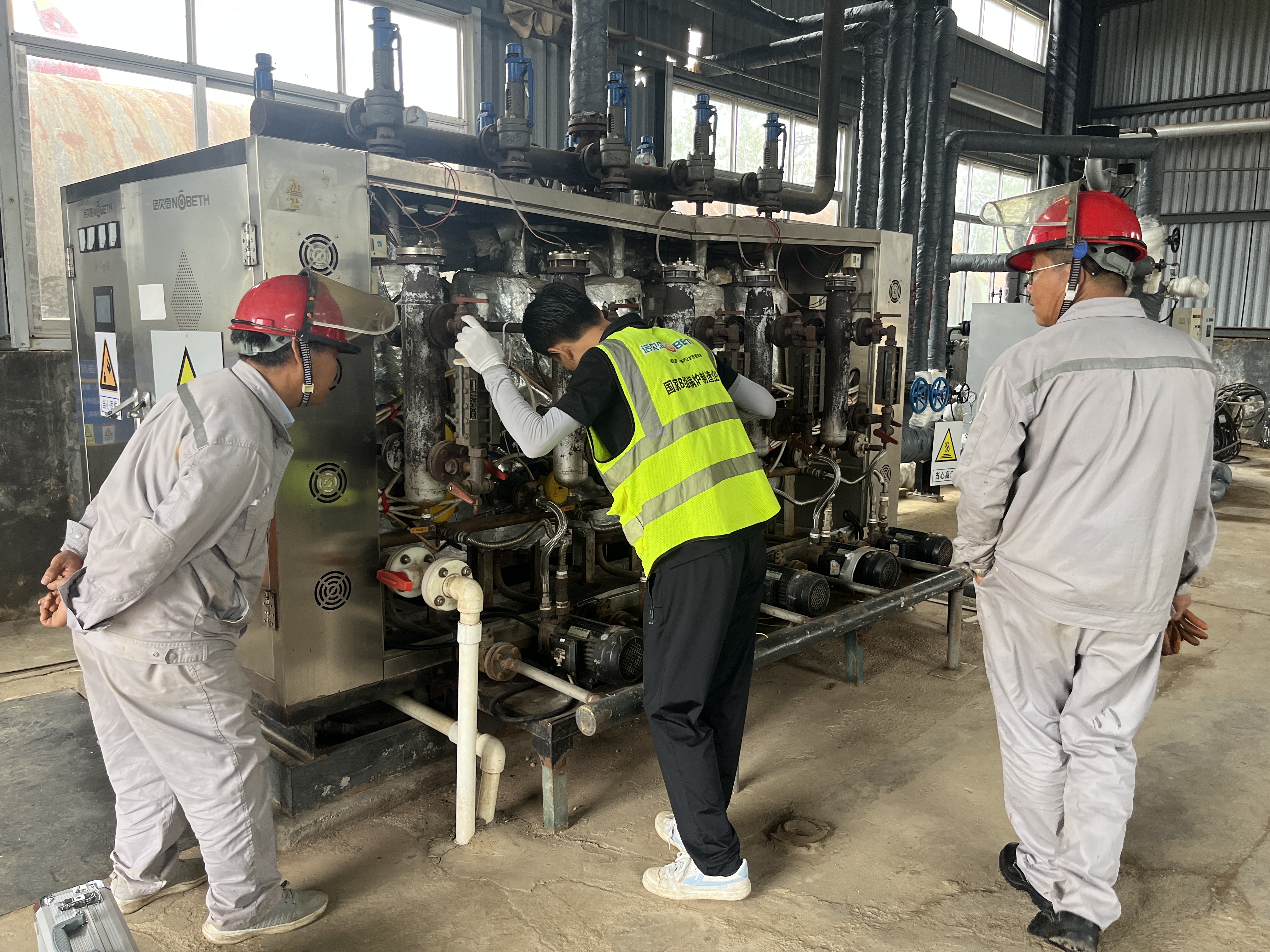The main sources of non-condensable gases such as air in steam systems are as follows:
(1) After the steam system is closed, a vacuum is generated and air is sucked in
(2) Boiler feed water carries air
(3) Supply water and condensed water contact the air
(4) Feeding and unloading space of intermittent heating equipment
Non-condensable gases are very harmful to steam and condensate systems
(1) Produces thermal resistance, affects heat transfer, reduces the output of the heat exchanger, increases heating time, and increases steam pressure requirements
(2) Due to the poor thermal conductivity of air, the presence of air will cause uneven heating of the product.
(3) Since the temperature of steam in non-condensable gas cannot be determined based on the pressure gauge, this is unacceptable for many processes.
(4) NO2 and C02 contained in the air can easily corrode valves, heat exchangers, etc.
(5) Non-condensable gas enters the condensate water system causing water hammer.
(6) The presence of 20% air in the heating space will cause the steam temperature to drop by more than 10°C. In order to meet the steam temperature demand, the steam pressure requirement will be increased. Moreover, the presence of non-condensable gas will cause the steam temperature to drop and serious steam lock in the hydrophobic system.
Among the three heat transfer thermal resistance layers on the steam side – water film, air film and scale layer:
The greatest thermal resistance comes from the air layer. The presence of an air film on the heat exchange surface can cause cold spots, or worse, completely prevent heat transfer, or at least cause uneven heating. In fact, the thermal resistance of air is more than 1500 times that of iron and steel, and 1300 times that of copper. When the cumulative air ratio in the heat exchanger space reaches 25%, the temperature of the steam will drop significantly, thereby reducing the heat transfer efficiency and leading to sterilization failure during sterilization.
Therefore, non-condensable gases in the steam system must be eliminated in time. The most commonly used thermostatic air exhaust valve on the market currently contains a sealed bag filled with liquid. The boiling point of the liquid is slightly lower than the saturation temperature of the steam. So when pure steam surrounds the sealed bag, the internal liquid evaporates and its pressure causes the valve to close; when there is air in the steam, its temperature is lower than pure steam, and the valve automatically opens to release the air. When the surrounding is pure steam, the valve closes again, and the thermostatic exhaust valve automatically removes air at any time during the entire operation of the steam system. Removal of non-condensable gases can improve heat transfer, save energy and increase productivity. At the same time, the air is removed in time to maintain the performance of the process that is critical to temperature control, make heating uniform, and improve product quality. Reduce corrosion and maintenance costs. Speeding up the start-up speed of the system and minimizing the start-up consumption are crucial for emptying large space steam heating systems.
The air exhaust valve of the steam system is best installed at the end of the pipeline, the dead corner of the equipment, or the retention area of the heat exchange equipment, which is conducive to the accumulation and elimination of non-condensable gases. A manual ball valve should be installed in front of the thermostatic exhaust valve so that steam can not be stopped during exhaust valve maintenance. When the steam system is shut down, the exhaust valve is open. If the air flow needs to be isolated from the outside world during shutdown, a small pressure drop soft-sealing check valve can be installed in front of the exhaust valve.
Post time: Jan-18-2024






